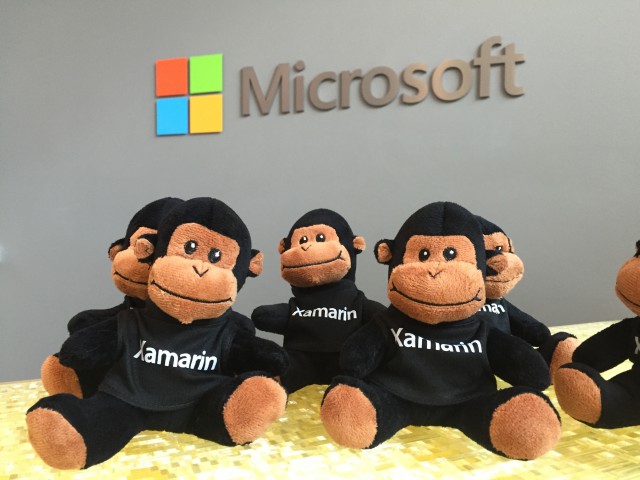
The modern software development warzone is clearly the mobile device. Microsoft’s acquisition of Xamarin, is a clear sign that that company intends to continue apace with its cross-platform mobile strategy, and also signals that other mobile platforms are just as important to Microsoft as its own largely failed mobile OS.
Xamarin’s sweet spot has been developing software for multiple platforms on a single codebase, something Microsoft has espoused desire to attain, but only on its own platforms up to this point. Xamarin’s mobile and Mac OS X targeting capabilities bring a new range of options to developers using .NET and Visual Studio to build enterprise software.
Jeffrey Hammond, vice president and principal analyst at Forrester, said, “Very few mobile development shops are comfortable with their current status quo, as everyone wants native look and feel and speed, but without multiple codebases to maintain. Xamarin gives Microsoft a strong cross-platform front-end development approach that allows mobile teams to have their cake and eat it, too.”
Michael Facemire, principal analyst at Forrester, said, “Xamarin’s biggest sales objection is now removed. In our (frequent) conversations with clients about Xamarin, a recurring question pops up about whether they should trust this highly strategic technology decision to a small vendor. In the past six months, we’ve seen mainstream buyers become less concerned about this objection, as Xamarin has stood up enterprise mobile app case studies—but today’s acquisition removes that concern entirely.”
Xamarin has been around since 2011, but the story behind the company’s efforts to broaden Microsoft’s .NET horizons goes back to the year 2001, when Miguel de Icaza decided to build a .NET environment and runtime for Linux.
At the time, de Icaza and his merry band of developers were employed by Ximian, a company founded to support the GNOME desktop environment, which de Icaza had created in the very late 1990s. Ximian then branched out to support GNOME and develop or polish multiple open-source applications, including an e-mail client known as Ximian Evolution.
After an initial release of the Mono Project 1.0 in 2004, de Icaza and his cohorts continued to work on and improve the Mono environment, despite a seemingly languishing business around them. Novell purchased Ximian in 2003, and its assets were sold off to the Attachmate Group in 2011. Shortly thereafter, de Icaza and his team were laid off.
It did not take long for de Icaza to get back to work, however. By the end of 2011, Mono and its associated projects were being developed by the newly founded Xamarin. Instead of targeting the then new mobile platforms right out of the gate, however, Xamarin first released Xamarin.Mac, which allowed users of the MonoDevelop IDE to build and package .NET applications for sale in the Apple App Store.
Soon thereafter, in 2013, Xamarin released Xamarin 2.0, which rebranded MonoDevelop as Xamarin Studio. This release also added support to Visual Studio, which allowed developers to build their applications for use on Android and iOS.
This was the product that took off, and as of 2014, rumors began to fly about Microsoft’s proposed buy-outs of Xamarin. Clearly, however, those rumors were premature. While reports vary on why Xamarin did not sell out previously, the prevailing theory had been that the company’s growth was so substantial that a sellout would have been crazy.
No matter the reason, however, the acquisition of Xamarin by Microsoft deeply increases the company’s developer reach. Instead of building with .NET for Microsoft’s walled gardens, developers can now utilize all the advantages of Microsoft’s development tools and environments to target Google’s and Apple’s platforms.






